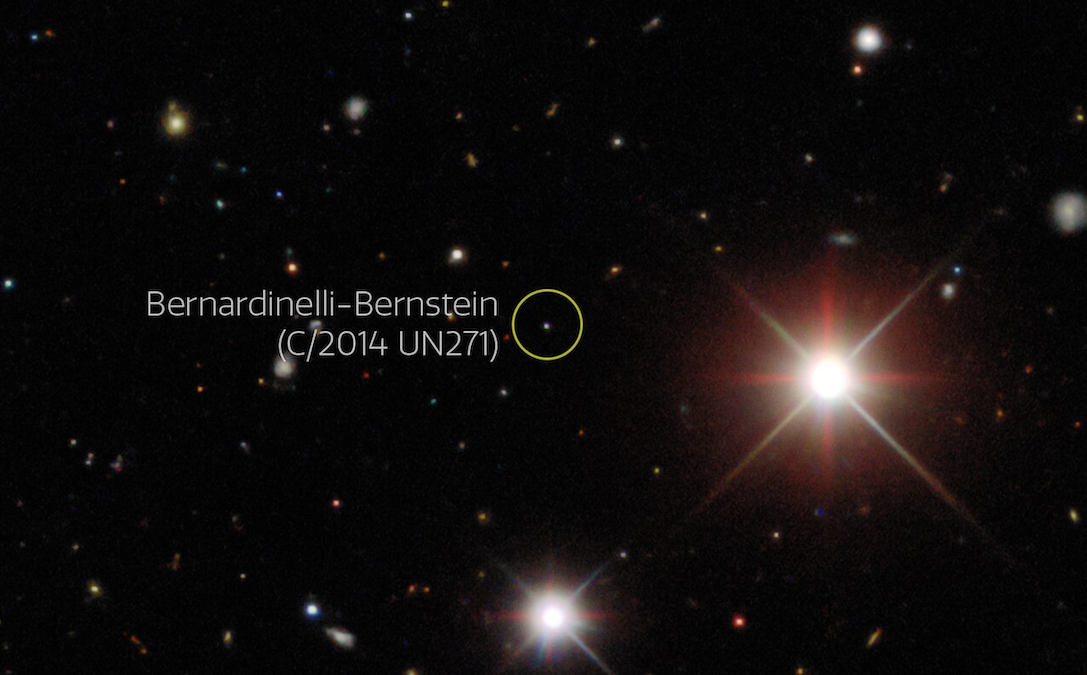An international team of astronomers, including DiRAC research professor James Davenport, reports that superflares pose only a limited danger to exoplanets because the flares tend to originate near the poles of the stars – not the equator where most exoplanets orbit.
News Category: Media
DiRAC astronomers propose a “SatHub” to track megaconstellations
Dr. Meredith Rawls, DiRAC Research Scientist, discusses recommendations from the recent “SATCON2” workshop
Astronomers push for global debate on giant satellite swarms
Working with the United Nations, scientists hope to establish standards for satellite ‘megaconstellations’ and reduce disruption of astronomical observations.
Asteroids in the inner solar system
Observations and computer simulations of their orbits and interactions with planets yield insights into the asteroids’ dynamic lives.
Sarah Greenstreet is a senior researcher with the B612 Asteroid Institute in Mill Valley, California, and a research scientist with the Dirac Institute at the University of Washington in Seattle.

Astronomers Thrill at Giant Comet Flying into Our Solar System
In October 2023 a new telescope in Chile called the Vera C. Rubin Observatory will begin a 10-year survey of the entire overhead sky called the Legacy Survey of Space and Time (LSST). “Typical telescopes find objects out to 50 or 60 AU,” says LSST team member Mario Jurić of the University of Washington. “With LSST, we can easily go out to 150 AU. We’re going to see things like [the Bernardinelli-Bernstein comet] maybe on a monthly basis.”

Streak of lights over Pacific Northwest was Falcon 9 rocket debris
Dr. James Davenport, research assistant professor of astronomy at the UW and DiRAC associate director explains the current event in the KING 5 news coverage.
Watch the initial KING 5 coverage here and additional follow up via Zoom here.
Astronomers Document the Rise and Fall of a Rarely Observed Stellar Dance
A team led by Dr. James Davenport, research assistant professor of astronomy at the UW and associate director of the UW’s DIRAC Institute, analyzed more than 125 years of observations of HS Hydra – from astro-photographic plates in the late 1800s to 2019 observations by TESS – and showed how this system has changed dramatically over the course of just a few generations. The two stars began to eclipse in small amounts starting around a century ago, increasing to almost full eclipses by the 1960s. The degree of eclipsing then plummeted over the course of just a half century, and will cease around February 2021.
The sun is the only star in our system. But many of the points of light in our night sky are not as lonely. By some estimates, more than three-quarters of all stars exist as binaries — with one companion — or in even more complex relationships. Stars in close quarters can have dramatic impacts on their neighbors. They can strip material from one another, merge or twist each other’s movements through the cosmos.
And sometimes those changes unfold over the course of a few generations.
That is what a team of astronomers from the University of Washington, Western Washington University and the University of California, Irvine discovered when they analyzed more than 125 years of astronomical observations of a nearby stellar binary called HS Hydrae. This system is what’s known as an eclipsing binary: From Earth, the two stars appear to pass over one another — or eclipse one another — as they orbit a shared center of gravity. The eclipses cause the amount of light emitted by the binary to dim periodically.
Continue reading this article by James Urton in the UW press release here.
Supernova leftovers preserve evidence of a messy blowup that wrecked two stars
Patient Astronomers Catch Stellar Litterbugs
Dr. Melissa L. Graham, LSST Research Scientist and DiRAC Fellow, coauthored paper on a large Hubble survey of supernovae “Delayed Circumstellar Interaction for Type Ia SN 2015cp Revealed by an HST Ultraviolet Imaging Survey”.
Collaborative, participant-driven learning works!
Science has become a big-data endeavor. But scientists are not universally adept in “data science” — the computing and statistical skillsets needed to handle, sort, analyze and draw conclusions from big data. The shortage of know-how in data science can hamper research, medicine and even private industry
A new paper led by Daniela Huppenkothen, Associate Director of DiRAC, was just published in the Proceedings of the National Academy of Sciences on how we can learn these skills by working collaboratively. With a team of researchers from the University of Washington, New York University and the University of California, Berkeley she developed an interactive workshop in data science for researchers at multiple stages of their careers. The course format, called “hack week,” blends elements from both traditional lecture-style pedagogy with participant-driven projects. The most recent was a neuroscience-themed event held in July on the UW campus organized by Ariel Rokem, a data scientist with the UW eScience Institute. As the team reports in a their paper published Aug. 20, participants rated the hack weeks as opportunities to learn about new concepts, foster new connections, share data openly, and develop skills and work on problems that will positively affect their day-to-day research lives.
Read more about this in the full UW press release